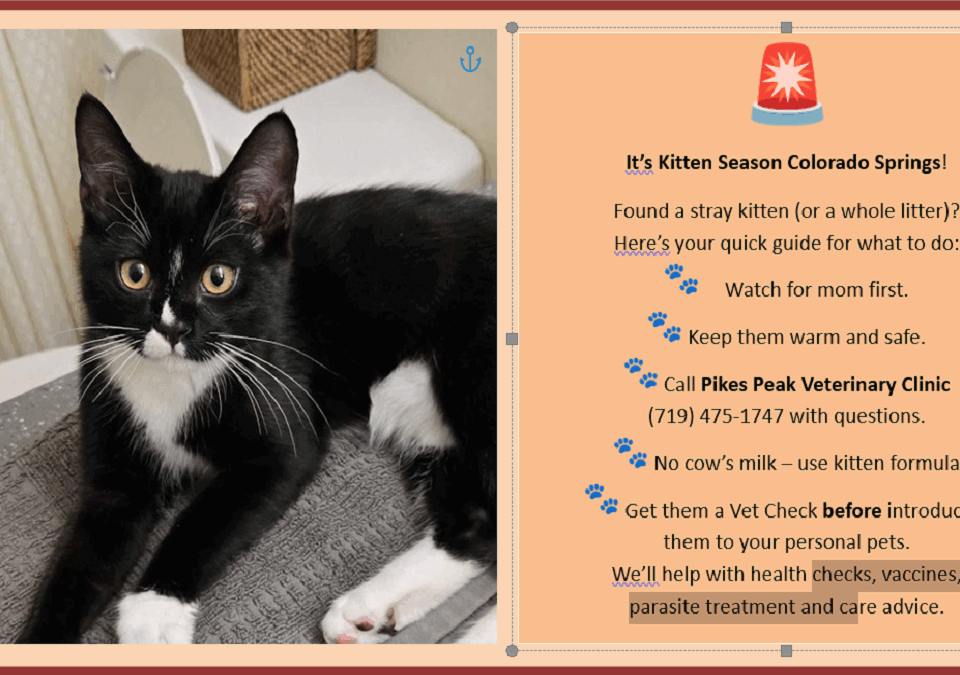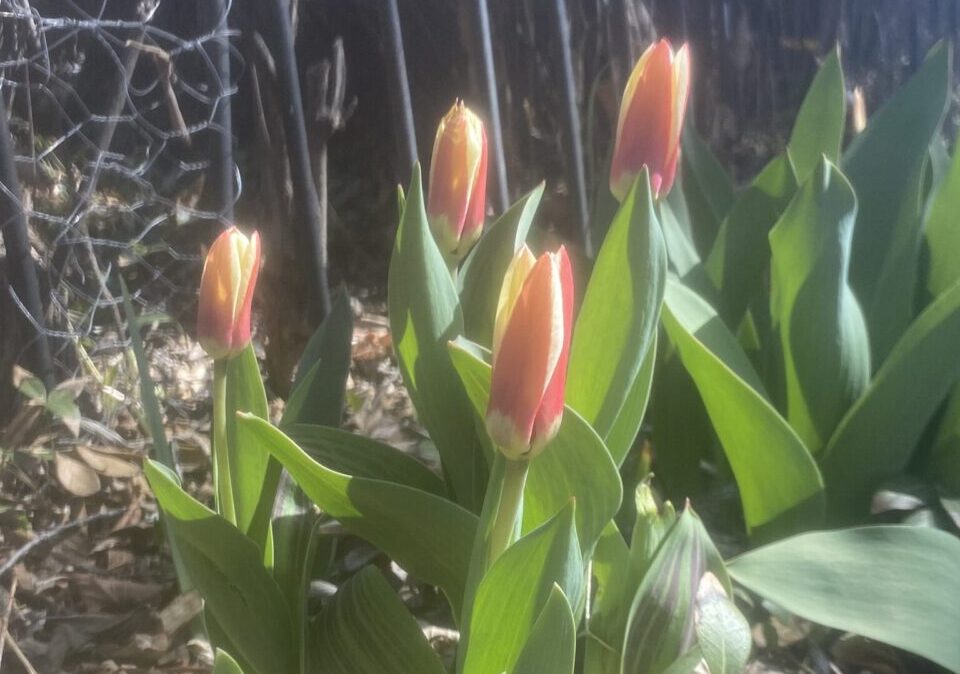
What is Metabolic Bone Disease?
May 5, 2022
Breed Specific: The Australian Cattle Dog, also known as The Heeler
June 3, 2022Pikes Peak Vet wants you to know about your Pug’s lifestyle and other needs!
The big sparkling eyes and wrinkled brow give Pugs a range of expressions from surprise and curiosity to happiness. They love to sit on the sofa, so if you don’t want a dog on the furniture, you may need to choose another breed. They are happy in the city or the country, with kids or older folks, as an only pet or in a pack, anywhere they can love and be loved. They do best in moderate climates – not too hot or cold – so take care in weather extremes. Pugs love to eat, so you will need to watch their diet.
Males and Females – Height: 10-13 inches Weight: 14-18 pounds
Feeding: Pugs live to eat and are prone to obesity; watch calorie consumption and weight. Treats, while a great training aid, should be used sparingly. Learn about which human foods are safe for dogs and which are not. Clean, fresh water should be available at all times.

Grooming: Pugs’ short, smooth, glossy coat does shed, but can easily be maintained. Use a medium-bristle brush, grooming mitt or hound glove weekly to remove loose hair and keep him looking dapper. Baths are not necessary unless they get into something messy or start to get a doggy odor. Nails need to be trimmed regularly to avoid foot and leg discomfort.
Exercise: Pugs prefer to just snuggle, which makes obesity a real possibility. However, their playful nature means they are always up for a game, a walk or training in agility and obedience, which should be done daily. Because of their short faces, they should not do anything strenuous when it’s warm or humid outside, only in air-conditioned spaces.
Training: Pugs even temperament and outgoing, loving disposition makes them generally easy to train. Their feelings are easily hurt, so never use harsh words or corrections. Pugs are social beings and will be unhappy if left alone for long periods on a regular basis. Start socialization and puppy training classes early to keep them mentally and physically stimulated.
Thank you to the AKC Pug webpage and Every Dog by Nancy Hajeski for much of this information.
Over the Pug’s 13-15 expected years, you and your vet will create a health plan to evaluate and catch any conditions that may arise.
HEALTH CONCERNS
- Hip, spine and knee issues
- Eye issues
- Brachycephalic airway obstruction syndrome
- Dental disease
PPVC’S GOAL FOR HEALTHY LONGEVITY FOR YOUR PUG
Wellness Exams and Vaccinations
- Every 6-12 months, as advised by your veterinarian, until age 6, including a full physical exam and routine bloodwork
- Pets age faster than us and tend to hide symptoms. At age 6, we recommend routine exams and bloodwork every 6 months to catch anything unexpected before it gets too firm a hold.
Other Exams and Screenings
- Joint and spine x-rays
- Regular eye exams
- Education about airway obstruction
- Chest x-ray
- Regular dental cleanings
Reach out for more information by phone or text, 719-475-1747, or through our Pikes Peak Vet app!






